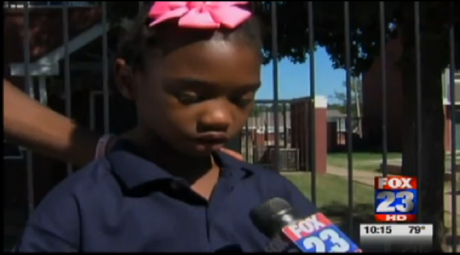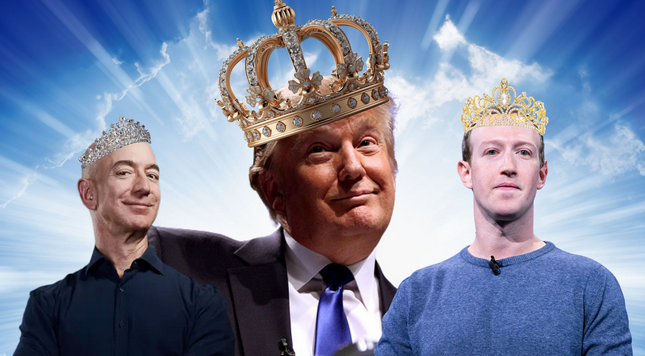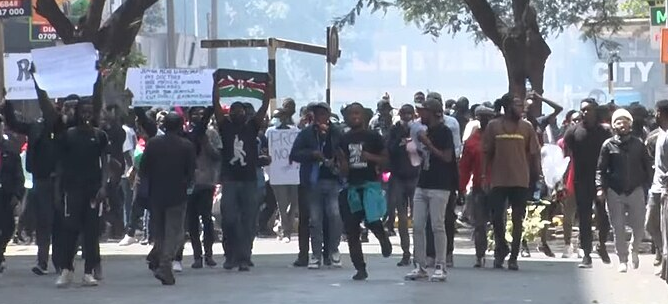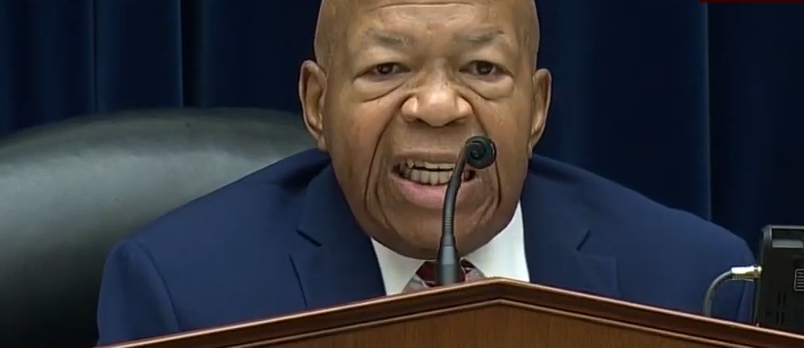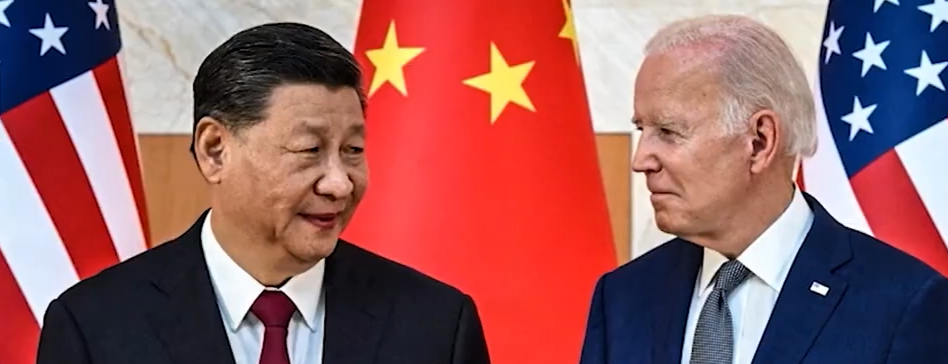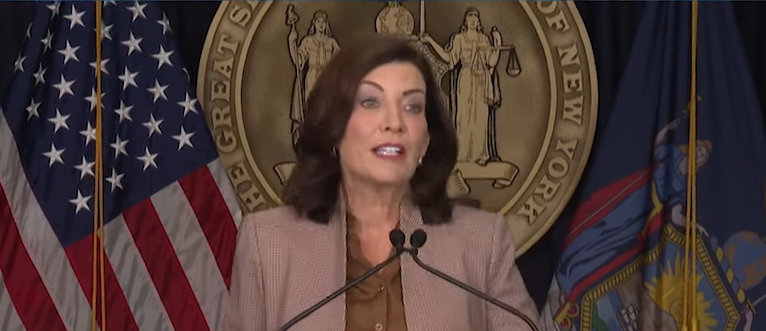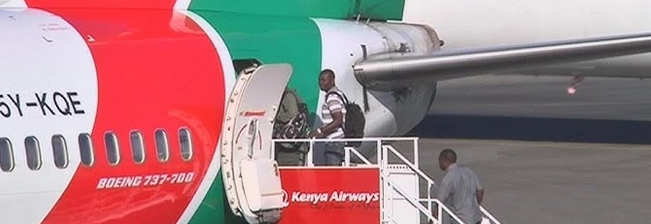Tiana Parker, seven, was sent home by Deborah Brown Community School in Tulsa, Oklahoma: they didn’t approve of her locks
[Commentary: Pre-school To Prison]
Why black children are being funneled into the preschool-to-prison pipeline
Black students, particularly Black boys, are most likely to be suspended, expelled, and referred to law-enforcement. The school-to-prison pipeline has been well documented for middle and high school students: black teenagers are forced out of school, onto the streets, and ultimately become trapped in the revolving door of crime and incarceration.
New data issued by the U.S. Department of Education’s Office for Civil Rights reveal that thousands of black preschool students are also being suspended from our nation’s public schools.
While black students comprise about 18 percent of preschool students, they represent half of the students suspended multiple times. Black boys are the largest victims of racial disparities in pre-K punishment, though black girls are suspended more than girls of any other race.
The data also show that punishment begins early and persists in later grades: black students are three times more likely than white students to be suspended or expelled. Black students only represent about one-sixth of all public school students, but account for nearly one-third of those arrested in school. Likewise, the proportion of black student with disabilities being restrained—strapped down, handcuffed, or legs tied—is almost twice that of other special needs children.
Calling the police, handcuffing students, and kicking four-year-olds out of school are irresponsible educational practices that contribute to the criminalization of black children. These experiences can traumatize any child, at any grade level, but the stigma of punishment for black kids has been shown to increase the odds of dropout and incarceration. Racial disparities in early childhood education threaten to destroy the potential of black children before they even have a chance to excel.
Why are black children being funneled into the preschool-to-prison pipeline?
Part of the problem can be traced to the rise of “get tough” and zero-tolerance policies that have become popular in the post-Columbine era of schooling. Far from increasing school safety, these strategies have resulted in kindergarten students being suspended for “Hello Kitty” bubble guns, kissing another student on the hand, or playing cops and robbers. In Tulsa, Oklahoma, a 7-year-old girl was sent home and banned from school because of her “distracting” locks. Ninety-five percent of school suspensions are for non-violent offenses like dress code violations and tardiness, according to the U.S. Department of Justice.
In early 2014, Attorney General Eric Holder and Education Secretary Arne Duncan called for the end of zero-tolerance policies, which disproportionately target black and Latino students, “make students feel unwelcome in their own schools,” and “disrupt the learning process.” Instead, they advocate what good teachers and smart parents would recognize as common sense: clear boundaries, high expectations for students, and caring relationships between teachers and students make a difference—not kicking students out of school.
The Obama Administration should be applauded for tackling the misuse of punishment in our nation’s public schools. However, this does not address the main reason why black students are suspended so often. America continues to see our children as natural born criminals.
For example, The National Review offered the following commentary on the preschool discipline gap:
“…The black crime rate […] explains the school-suspension rate. Black males between the ages of 14 and 17 commit homicide at ten times the rate of white and Hispanic males of the same age combined. Given such high crime rates, what do the civil-rights advocates and the Obama administration think is going on in the classroom — docile obedience and strict self-discipline? In fact, the same weak impulse control that leads to such high crime rates among young black males inevitably means more disruptive behavior in school.” [Emphasis added]
In addition to the “weak impulse control” of black people, the author blames single black mothers, absentee black fathers, and the “civil rights industry.” Ronald Reagan perfected this kind of fear mongering about black criminality in the 1980s, while the politics of fear fuel Bill O’Reilly and today’s white minority politics.
Let’s be clear, there is no evidence that black four- and five-year-olds are baby thugs. Disparities in school discipline cannot be explained by the behavior of black children, or black boys in particular. This month, Indiana University researchers released an exhaustive review of the published scientific literature on race, behavior, and discipline. The researchers concluded:
“Regardless of the source, there is virtually no support in the research literature for the idea that disparities in school discipline are caused by racial/ethnic differences in behavior. Studies comparing the severity of behavior by race have found no evidence that students of color in the same schools or districts engage in more severe behavior that would warrant higher rates of suspension or expulsion.”
Black kids aren’t little gangsters; rather, we have lost the ability to recognize the innocence of black children. Fear of black children can make Trayvon Martin’s Skittles and a hoodie seem like an eminent threat, or cause Jordan Davis’ killer to fire nine rounds over loud rap music. In the classroom, fear results in harsh punishment for behaviors that might be overlooked among white children.
Cutting-edge research published by the American Psychological Association confirms the tendency to see black children as older, less innocent, and as potential criminals. “Racist” preschool teachers are not hatching a plot to destroy black people, but it’s not difficult to find teachers who are afraid of and fearful for black children.
The vast majority of early childhood teachers are white, middle-class, female teachers who too often enter the profession with little prior experience interacting with black children, families, or communities. Some white teachers are less patient, less forgiving, and underestimate their black students, resulting in black students feeling disrespected and treated unfairly because of their race.
Teachers are not immune to the harmful stereotypes of black criminality that circulate in popular culture. Rap videos, such as 6-year-old Albert squirting half-naked women with a supersoaker, or 10-year-old Lil Poopy posing as a drug dealer, contribute to the view that black children need harsh discipline before they grow up to become a real threat. Breaking the supposed “cycle of violence and thuggery” was the motivation behind the Omaha police releasing the video of the swearing toddler.
Closing the preschool-to-prison pipeline will require abandoning “get tough” school rules and challenging those politicians and media moguls who profit from the myth of black criminality. We must also address the lack of diversity in the nation’s teaching workforce. Black men represent only two percent classroom teachers.
The #Dangerous Black Kids social media movement is flooding the Internet with photos of adorable, innocent black children. This is one example of how everyday folk can fight back. Of course, parents must remain the first and last line of defense by continuing to demand that all children are afforded basic civil rights throughout the entire schooling process.
Travis L. Gosa, Ph.D., is assistant professor of Africana Studies at Cornell University, where his research focuses on racial inequality and African-American youths.
